In this blog, we will explore the history of the infamous, Sidelock of Youth and it’s association with the Israelites. We will discover that the Sidelock of Youth was a marker of Egyptian aristocracy and priesthood. As a result, it was connected with the Egyptian mystery religion that was introduced into other countries through ancient Israelite migrations and trade. Moreover, we will discover that the Sidelock of Egypt was particularly connected with the tribe of Dan, amongst other Israelite tribes, as well as the Phoenicians (who were also a branch of Israelites). We will particularly focus on the Israelites leaving from Egypt to Greece and then parallel that experience and the diffusion of pagan Egyptian culture with the Israelite presence in ancient India.
Let’s first define what the Sidelock of Youth is.
“Sometimes, Khonsu is depicted as a hawk-headed god, but more often he looks like a young man with a side-lock of hair, like an Egyptian youth. His favorite color is silver” – Weapons of the Gods
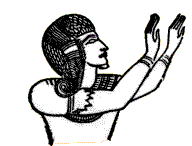
Here, again, is a sketch from Abydos, in which the king, although he has not yet ceased to wear the side-lock of youth, is seen with a boyish beard
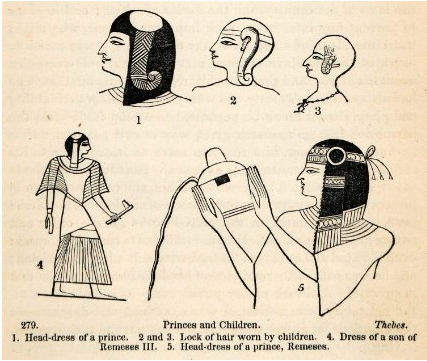
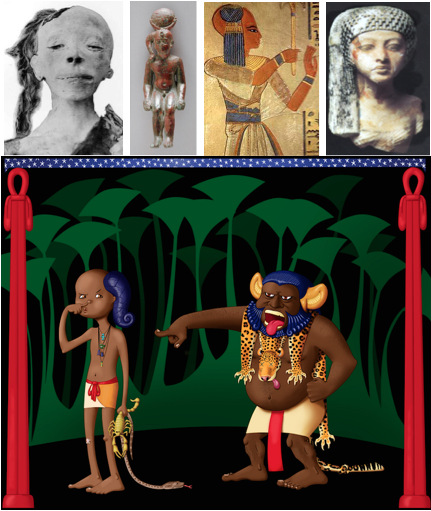
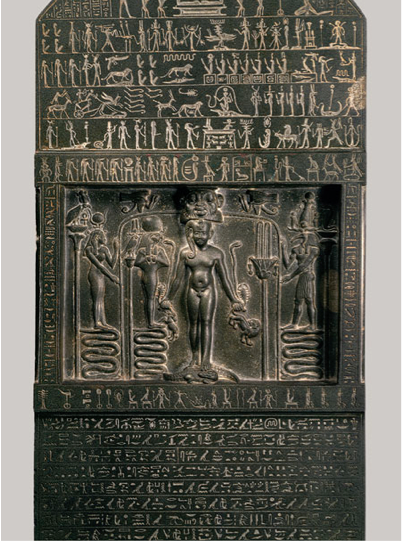
Magical stele reign of Nectanebo II c 360 to 343 B.C.
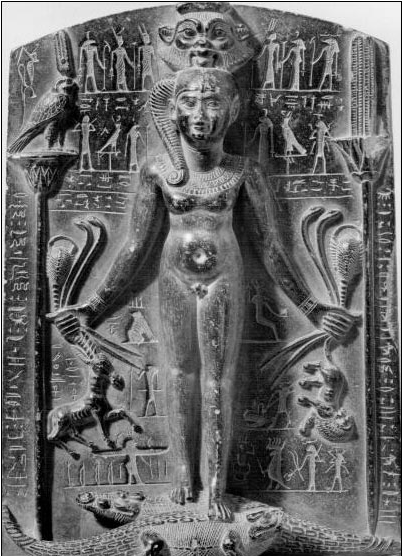
According to the definition, the Sidelock is indicative of Horus and therefore those who wore the sidelock (both men and women/unisex hairstyle) were attempting to become incarnations of Horus; the legitimate heir of Osiris.
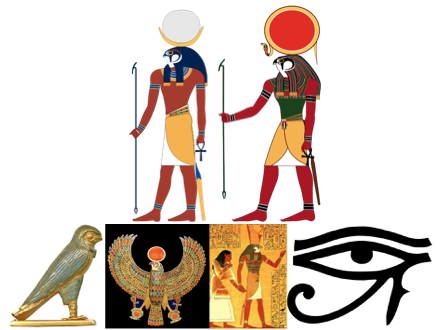
In parallel, the earthly heirs of the power of Osiris also wore the Horus lock as an indication of the special duties that were bound up with that status. Those special duties bound up with the princes of Osiris/the Pharaoh are together known as the ‘mysteries’.
The term mystery is associated with the word “mystic” and it was the Israelites who brought Egyptian mysticism to India and China. These Egyptian mysteries developed into Hinduism and Buddhism, as well as Dravidian Aryuvedic herbal knowledge. We see evidence of the influence of the Israelites in India and China through the sidelock and sacred hair traditions of both India and China.
Moses, being raised as a prince amongst the Egyptians was also familiar with ALL the mysteries of Egypt.
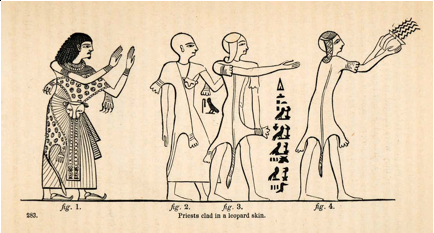
It was common for the high priest to also hold the title of sem priest of Ptah. The sem priest could be recognized by the fact that he wore a short wig with a side-lock and was dressed in a leopard/panther skin.
The Leopard Society/Ekpe and other secret societies of West Africa are also derived from the mysteries of the ancient Egyptian Sem priest of Ptah. These secret societies are the African version of Freemasonty. The secret writing and symbols, in which they communicate (ie. Nsibidi), function similar to Egyptian hieroglyphics; they are images that represent ideas and hidden information.
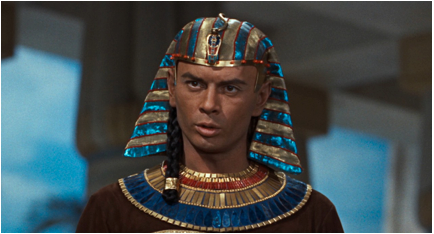
Yui Brynner in the 1956 big-budget religious epic, The Ten Commandments
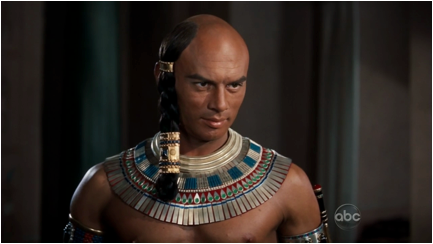

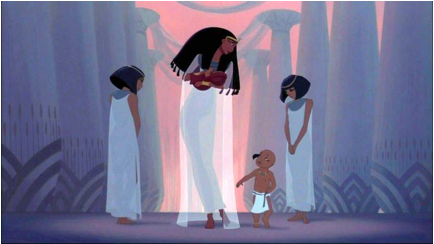
Ramses in the Disney Film, The Prince of Egypt, shown wearing the sidelock.
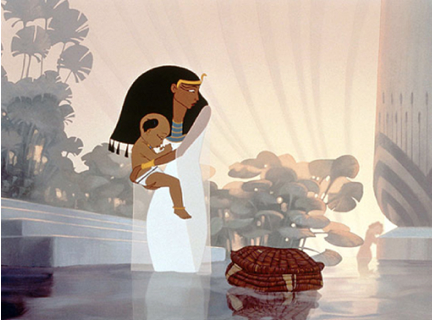
“And the child grew, and she brought him unto Pharaoh’s daughter, and he became her son. And she called his name Moses: and she said, Because I drew him out of the water.” – Exodus 2:10
“And when he was cast out, Pharaoh’s daughter took him up, and nourished him for her own son.” – Acts 7:21
“And Moses was learned in all the wisdom of the Egyptians, and was mighty in words and in deeds.” – Acts 7:22
However, we cannot attribute all the wisdom the Israelites had to what they learned while in Egypt because they were already instructed in ALL wisdom by Jacob before they entered into Egypt. This was revealed when Joseph spoke with Benjamin in Egypt and Benjamin demonstrated his ability to read the signs in the stars of heaven (like Global Posistioning Satellites) to locate a person.
“And he ordered them to bring before him his map of the stars, whereby Joseph knew all the times, and Joseph said unto Benjamin, I have heard that the Hebrews are acquainted with all wisdom, dost thou know anything of this? And Benjamin said, Thy servant is knowing also in all the wisdom which my father taught me, and Joseph said unto Benjamin, Look now at this instrument and understand where thy brother Joseph is in Egypt, who you said went down to Egypt. And Benjamin beheld that instrument with the map of the stars of heaven, and he was wise and looked therein to know where his brother was, and Benjamin divided the whole land of Egypt into four divisions, and he found that he who was sitting upon the throne before him was his brother Joseph, and Benjamin wondered greatly, and when Joseph saw that his brother Benjamin was so much astonished, he said unto Benjamin, What hast thou seen, and why art thou astonished?” – Jasher 53:18-20
The Israelites clearly already possessed greater knowledge that the Egyptians upon the entrance into the land. It is by this wisdom taught to the Israelites by their father Jacob and the guidance of the Most High that Joseph was able to gain favor of Pharoah. The Israelites seemed to have introduced wisdom into all the lands the wandered into. We must also note that the Egyptian priests who battled against Moses were also very skilled in the mysteries as well. They were able to imitate, although to a far lesser degree, the miracles performed by Moses and so it should be understood that the ancient wisdom of the Egyptian priesthood was indeed powerful.
Beyond Moses and the Priesthood of Egypt, it is certain that many other members of the ruling class of Egypt were also well acquainted with the ancient wisdom of Egypt. Many of them wore the side lock of youth as markers of their social status. Social status is often associated with education and literacy; especially in the ancient world. Horus, who is depicted wearing the side lock of youth, is also shown with the finger over his mouth in reference to him guarding the mystical and secret knowledge of the priesthood/ruling class.
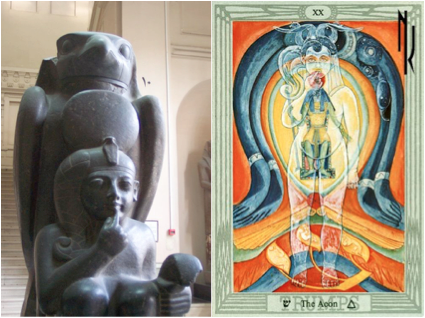
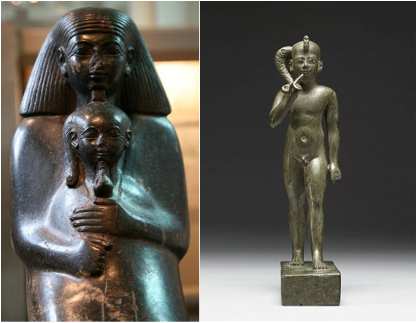
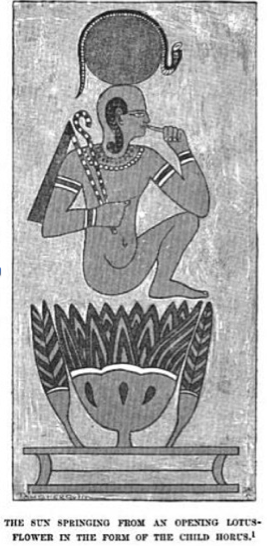
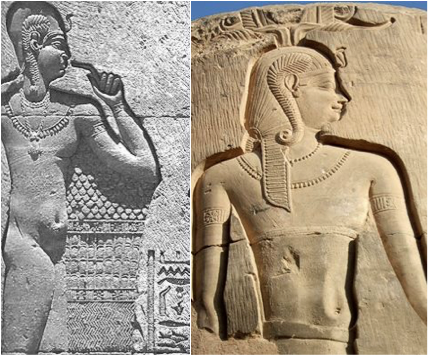
LEFT: The god Ihy in the Roman birth house at Dendera and RIGHT: Panebtawy, the Child, Lord of Ombos, the August Child, Child of Love, He Who gives life to everyone” (inscription from the Central Hall of the Double Temple of Haroeris and Sobek at Ombos.
The old maxim, ‘A child should be seen but not heard’ applies to this image of the ever-youthful form of Horus, known to the Greeks as Harpokrates. Children are supposed to ‘watch their’ mouth’ and keep silent to stop others from hearing wisdom. It is well known that children can become aware of many things and often repeat what they’ve heard; kids say the darndest things.

“For by speech wisdom shall be known: and learning by the word of the tongue.” – Sirach 4:24
“So then faith cometh by hearing, and hearing by the word of God.” – Romans 10:17
“Wisdom is the principal thing; therefore get wisdom: and with all thy getting get understanding.” – Proverbs 4:7
“For wisdom is a defence…” – Ecclesiastes 7:12
“For there shall not be found many wise at that time, And the intelligent shall be but a few: Moreover, even those who know shall most of all be silent.” – 2 Baruch 48:33
When the Greeks conquered Egypt under Alexander the Great, they transformed the Egyptian Horus into their Hellenistic god known as Harpocrates, a rendering from Egyptian Har-pa-khered or Heru-pa-khered (meaning “Har, the Child”).” – Harpocrates, Wikipedia

Oprah is Harpo in reverse. Notice the rising sun symbolism.

Don’t let HARPO/OPRAH own you or your family’s minds!


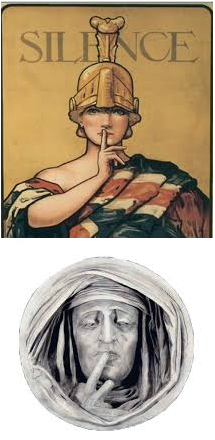

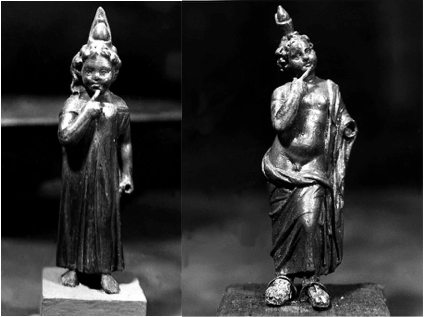
Notice the sidelock on the right side of the head
The female version of Harpokrates is called Angerona by the Romans.




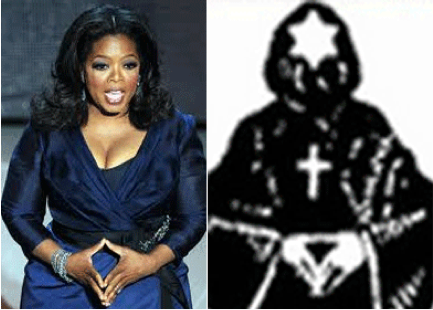


Harpo Studios, Chicago, Illinois. The studio was a former armory and the military aspect of the armory was continued by the psychological warfare broadcast by OPRAH programs. HARPO, shhh…
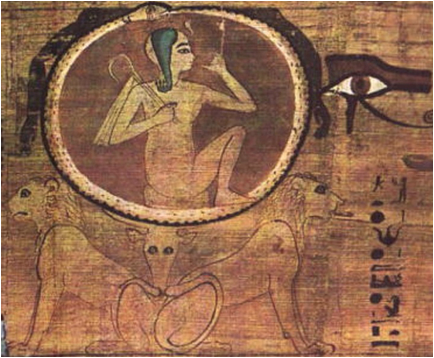
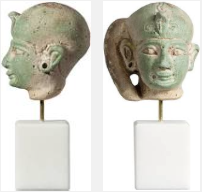
Understanding that the Greek Harpokrates and the Egyptian god Horus are both solar dieties associate with occult knowledge and the sidelock bring a whole new meaning to the phrase, “silence is golden.”
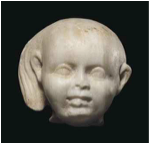
Egyptian marble head of Harpokrates Roman period circa 2nd century


Horus, the solar diety is also known as golden boy and his consort, the female, is worshipped as the silver moon.






The female version of Harpokrates is called Angerona by the Romans. “In art, she was depicted with a bandaged mouth and a finger pressed to her lips, demanding silence.”
This is known as the sign of silence in the freemasonic traditions. It is symbolic of secret knowledge that should not be spoken of. By keeping silent, one prevents others from hearing wisdom, because wisdom is known by hearing and heard by the word of speech.
“For wisdom is a defence, and money is a defence: but the excellency of knowledge is, that wisdom giveth life to them that have it.” – Ecclesiastes 7:12
“My people are destroyed for lack of knowledge…” – Hosea 4:6
This secret knowledge is known as “the mysteries” and is currently taught to individual through the “mystery schools” and various freemasonic organizations.
These mystery schools also existed in ancient times and was shared with few people in order to rule the majority through occult wisdom. Technological information was also concealed within the mysterious knowledge. These technologies were based on metaphysics and focused on conquering natural elements, with the ultimate goal of communing with the spiritual world. The goal was to bring the celestial kingdom into the terrestrial realm to use infinite energies to enforce their will.
“Ethiopia and Egypt were her strength, and it was infinite; H369 H7097 Put and Lubim were thy helpers.” – Nahum 3:9
The Most High freed the Israelites from the land of Egypt and it’s infinite power with a mighty hand. This was no small power that the Most High defeated on behalf of the Israelites by loosing them from the hard bondage of Egypt. However, before and during the Exodus, many of the members of the Egyptian priesthood we Israelites, chiefly of the tribe of Dan, who continued in the ways of Egypt rather than following the Most High through the leadership of Moses.
“As a dog returneth to his vomit, so a fool returneth to his folly.” – Proverbs 26:11
“For my people is foolish, they have not known me; they are sottish children, and they have none understanding: they are wise to do evil, but to do good they have no knowledge.” – Jeremiah 4:22
Just like the Israelites that worshipped the Golden Bull of Egypt after they left Egypt, the Israelites who migrated to other lands, also continued in the religion of Egypt. The following quote provides support for the vast historical evidence that proves that the Egyptian religion was introduced to Greece by the Egyptian Danite/Israelite colonizers:
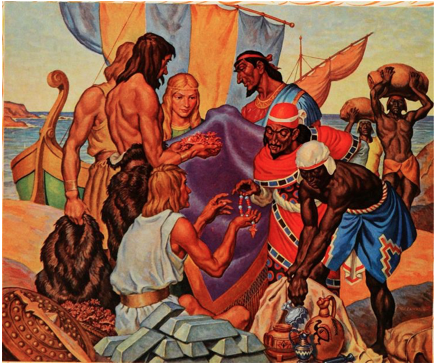
Danites and other Israelites arriving by Sea in the land of Kittim and trading with original Japhetic inhabitants of the of Greece—the people of Javan (Judges 5:17, Ezekiel 27:19).

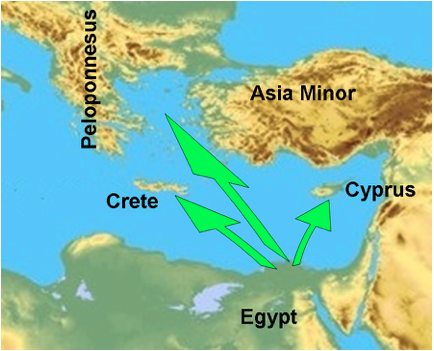
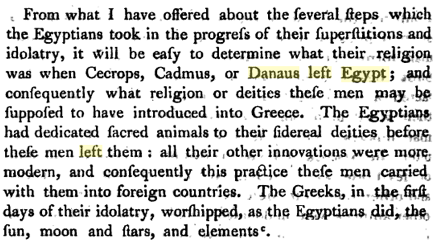
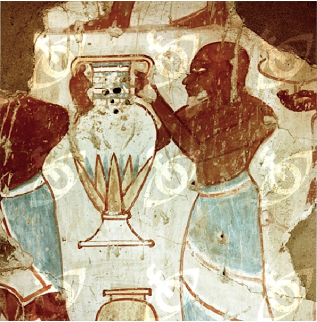
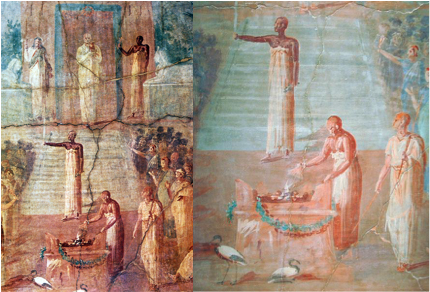
Priests of Isis in Pompeii, Italy. Notice the togas worn are similar to those worn by the Egyptian priests.
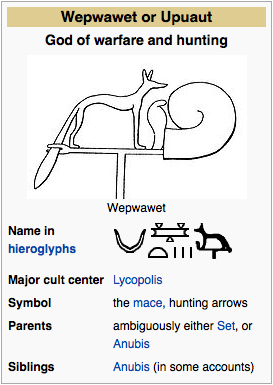
Danaus introduced the Wolf worship of Egypt to the Greeks. The Wolf was worshipped as the god of war and death. It was also associated with Ra (Osiris) which is the hebrew word for ‘evil/wickedness/mischief’ (H7489). This same wolf worship was also introduced to the Romans.
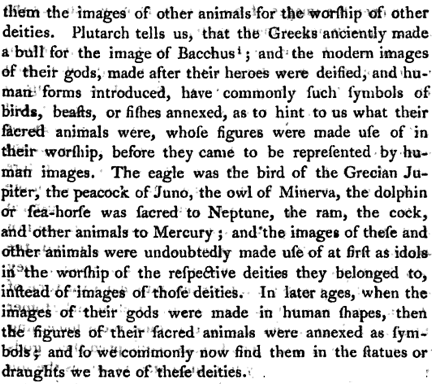
The sacred and profane history of the world connected, By Samuel Shuckford, PG 474-475
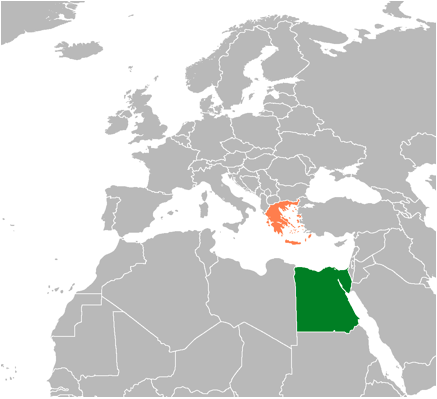
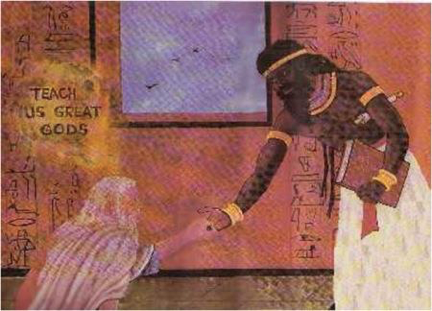
“I have said, Ye are gods; and all of you are children of the most High. But ye shall die like men, and fall like one of the princes.” – Psalm 82:6-7
Again, this quote makes it clear that the Danites and Israelites who fled from Hyksos Egypt to escape the slavery forced upon the Israelite came to Egypt and introduced religion to them. Before the new Egyptian regime, who did not know Joseph (Exodus 1:8, Acts 7:18-19), many of the Danites and Israelites fled Egypt to Greece. During the Exodus under the leadership of Moses when the Israelites were making the Golden Calf, the same Egyptian worship was being introduced to Greece by the Hyksos Egypto-Israelite travellers.

The bull leaping ritual of bull/fertility worship is also found in Ethiopia and India.
“The Hamar have “rites of passage” which celebrate transitions from one age grade to the next. The most dramatic and significant ritual is Bull-Jumping ceremony (Ukuli Bula), which represent a life –Changing event for the young man (Ukuli) who passes from boyhood in to adulthood. This rite of passage must be done before a man is permitted to marry. This is a ceremony which determines whether a young Hamar man is ready to make the social jump from immature member of his society to responsibility of marriage and raising a family.” – Adventure Abyssinia
The Egypto-Israelite Minoans introduced Bull/fertility worship to all the lands the colonized, including the Mediterranean, Africa and India.
The hero gods of Greece were all once represented by animals, which were symbolic of celestial constellations. These constellations were based on the Egyptian cosmology that was introduced to Greece by Danaus the Danite.
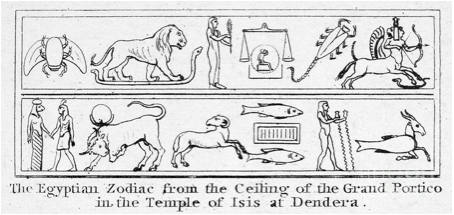
“And I Solomon, seeing them, questioned them and said: “Who are ye?” But they, with one accord, said with one voice: “We are of the thirty-[six] elements of the cosmic ruler of the darkness.”… “And I commanded another demon to come before me. And there came before my face thirty-six spirits, their heads shapeless like dogs, but in themselves they were human in form; with faces of asses, faces of oxen, and faces of birds. And I Solomon, on hearing and seeing them, wondered, and I asked them and said: “Who are you?” But they, of one accord with one voice, said: “We are the thirty-six elements, the world-rulers of this darkness. But, O King Solomon, thou wilt not wrong us nor imprison us, nor lay command on us; but since the Lord God has given thee authority over every spirit, in the air, and on the earth, and under the earth, therefore do we also present ourselves before thee like the other spirits, from ram and bull, from both twin and crab, lion and virgin, scales and scorpion, archer, goat-horned, water-pourer, and fish.”” –Testament of Solomon 1:72-73
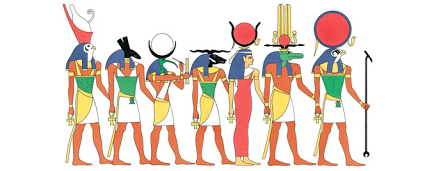
Many of the gods of the Egyptian pantheon possess the appearances of the thirty-six spirit (kosmokratores/rulers of darkness) as described in the Testament of Solomon. Human bodies with the heads of various animals.

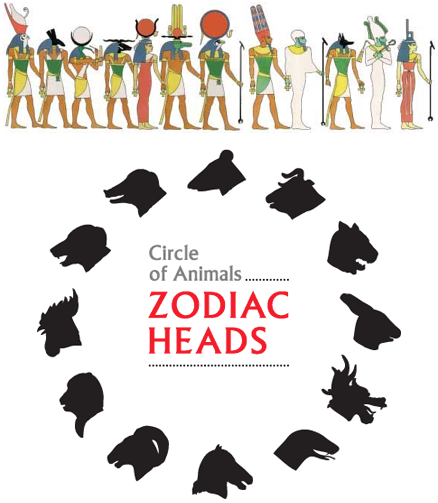
It is said that Danaus, not only introduced religion to the Greeks (Javan) but that he arrived in Greece with the first ships the Greeks had ever seen.

Middle East: Blueprint for the Final Solution: The Coming Fall and Rise of Western Democracy, By Mike M. Joseph, PG 541
“Danaus, a son of Belus and Anchinoe, who, after his father’s death, reigned conjointly with his brother AEgyptus on the throne of Egypt. Some time after, Danaus set sail with his fifty daughters in quest of a settlement. He visited Rhodes, where he consecrated a statue to Minerva, and arrived safe on the coast of Peloponnesus, where he was hospitably received by Gelandor, king of Argos… The ship in which Danaus came to Greece, was called Armais, and was the first that had ever appeared there.” – Bibliotheca Classica; Or, A Classical Dictionary, By John Lemprière, PG 234
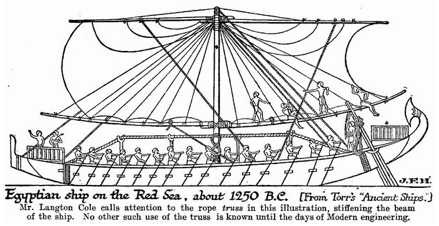
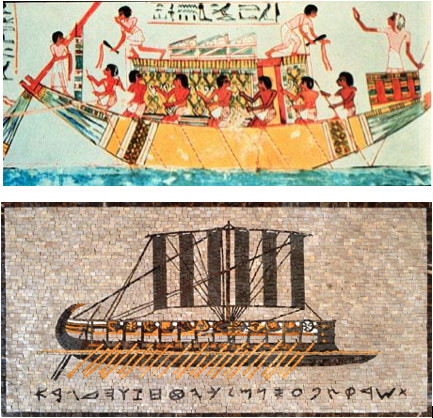
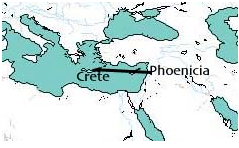

Danaan Greeks from Egypt expelled another group of Danites, the Heraclidae (sons of Heracles/Hercules/Samson the Danite), from the Peloponnesus, who then went Dor Israel to get their cousins, Danite Israelites/Phoenicians, to return back to conquer the Peloponnesus as the Dorian Greeks.
The Danites and Israelites during the Hyksos period were obviously great sailors. In times after the Exodus, after the Israelites had established themselves in the land of Canaan, the Danites and some of the northern tribes of Israel joined together in Tyre to form the Phoenicians. That fact will be briefly discussed later in this blog, as well as in further detail in a separate blog HERE. The advanced sailing skills of these Israelites during the Hyksos Egyptian period, as well as under their latter eponym of the Phœnicians, allowed the Israelites to travel to other lands. In all the lands they travelled too, they introduced this same Egyptian religion and occult knowledge. The aristocracy and priesthood of Egypt not only arrived in Greece, but they also arrived in India, introducing the same Egyptian culture.
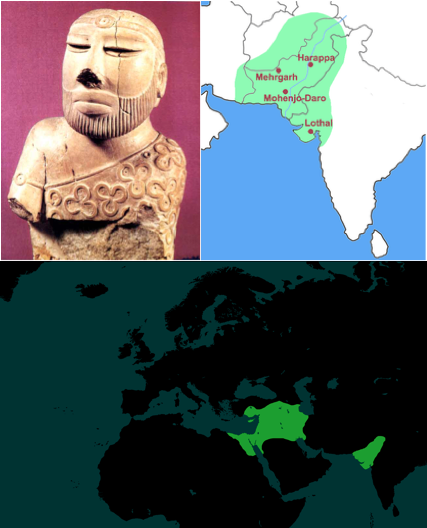

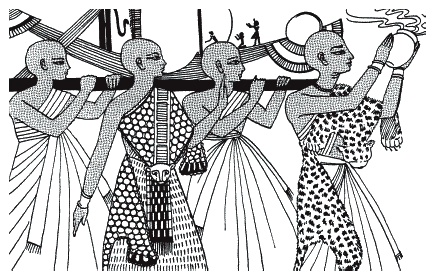
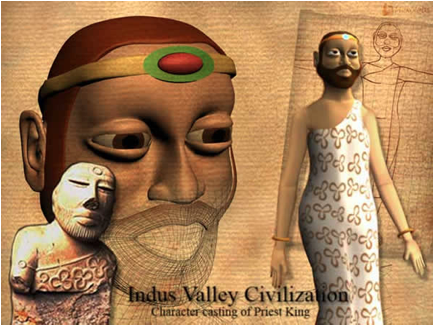
“INDO-SUMERIAN SEALS DECIPHERED: Discovering Sumerians of Indus Valley as Phoenicians, Barats, Goths, and famous Vedic Aryans 3100-2300 B.C.” – Aryan Origin of the Alphabet, by A. Waddell
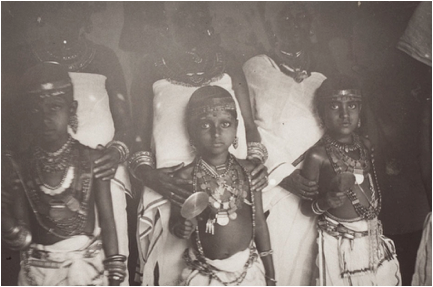
The sidelock was introduced to ancient India by the Israelite migrants from Egypt and was known as the Shikha or Mun-Kudumi.
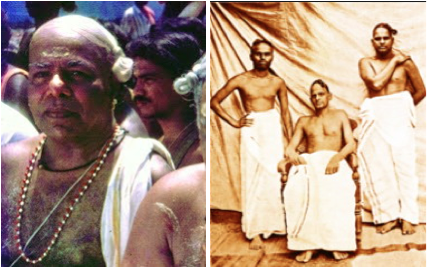


Just like the sidelock of youth from Egypt, the Indian sidelock was also associated with occult knowledge and religious ritual.
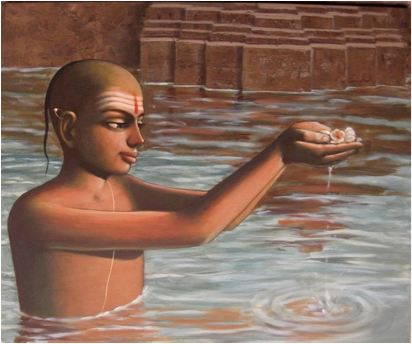
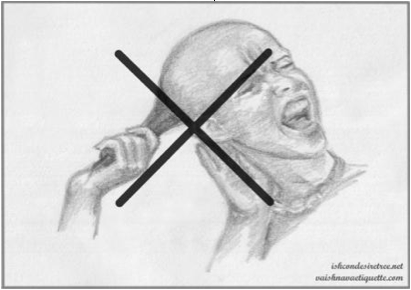
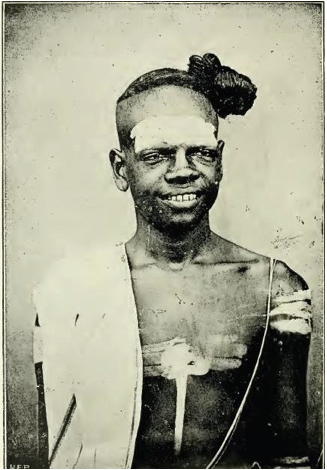
A Dikhshitar Brahman
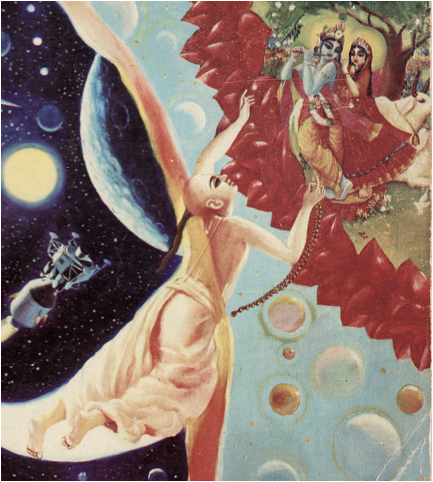
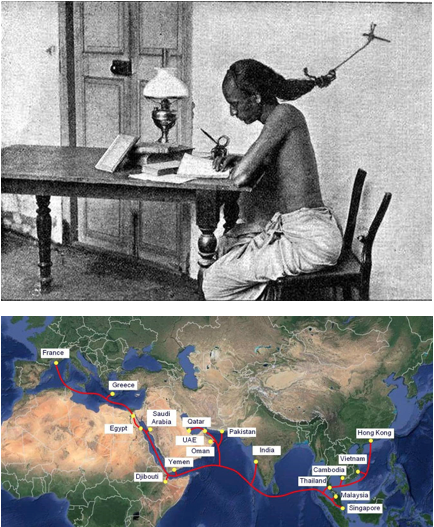
After Greece and India, we also find the sidelock as far as China
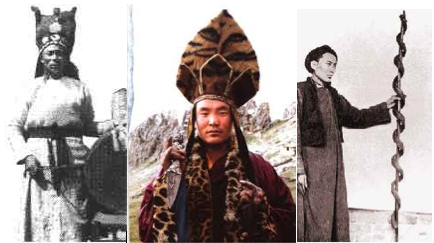
A priest of Chiang Min tribe (Photo: Torrance in 1920’s). His headdress is similar to the crown worn by Egyptian phaorahs.
“Behold, these shall come from far: and, lo, these from the north and from the west; and these from the land of Sinim. H5515 Sing, O heavens; and be joyful, O earth; and break forth into singing, O mountains: for the LORD hath comforted his people, and will have mercy upon his afflicted.” – Isaiah 49:12-13
Sinim – H5515 – Ciyniym – סִינִים
- Sinim = “thorns”
- a people living at the extremity of the known world; may be identified with the inhabitants of southern China
The Chinese also had a hair tradition almost identical to that found in India. During the early 17th century AD, Nurhaci of Manchuria forcibly introduced the Manchu Hairstyle to China’s Qing Dynasty. The shikha/pin-kudumi (back-lock) hairstyle of India is very similar to the Manchurian queue/cue hairstyle.
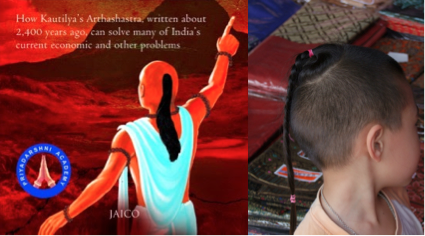
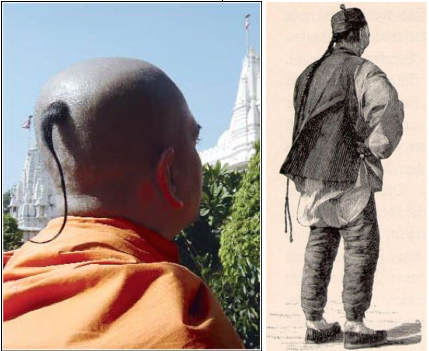
LEFT: Indian Hindu Shikha hairstyle, RIGHT: Chinese Manchu Queue hairstyle
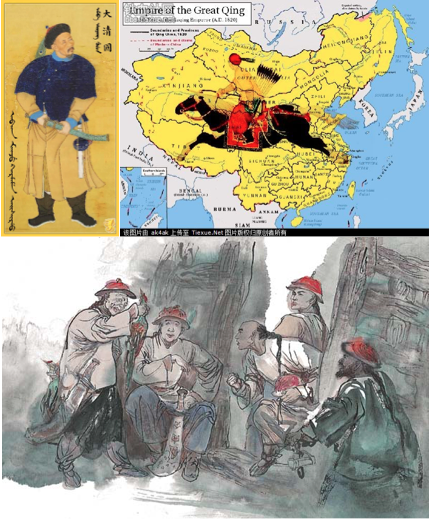
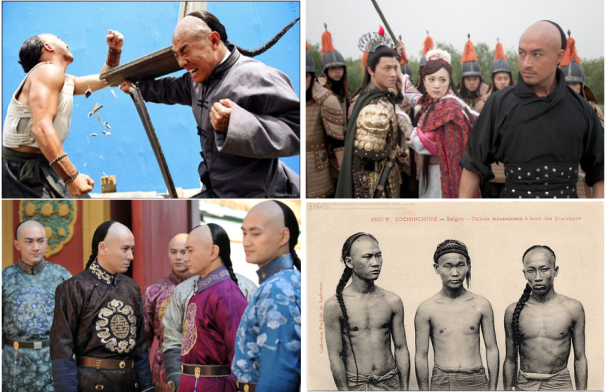
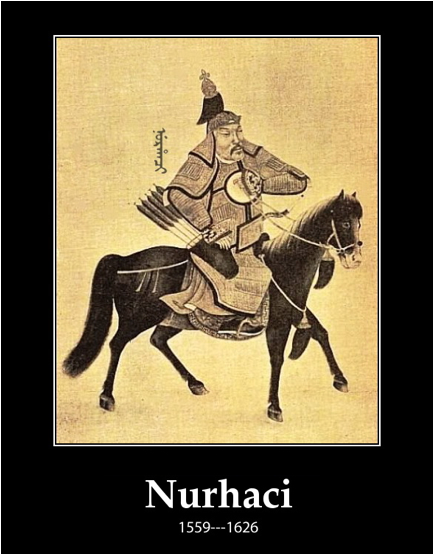
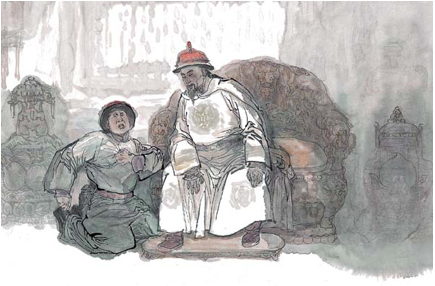
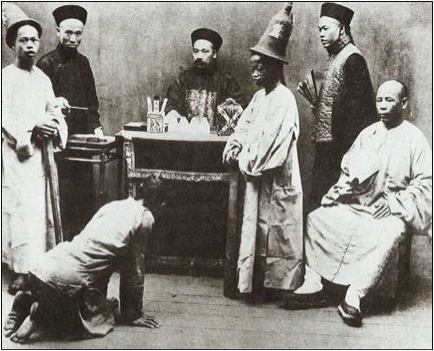
China Under Manchu Officials
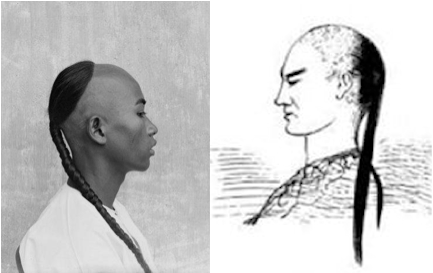

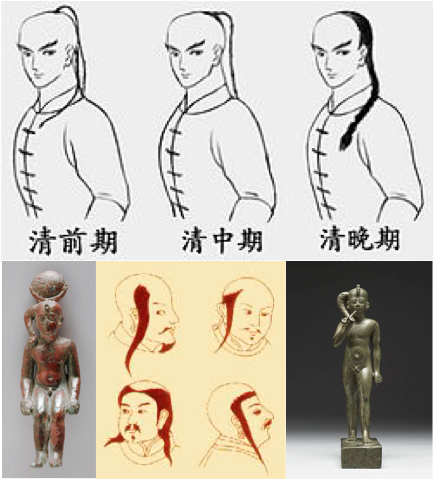
LEFT TO RIGHT: Child Horus with sidelock of youth, the Mongol Tribe of QiDan/Khitan sidelock, and the Greek Harpocrates.
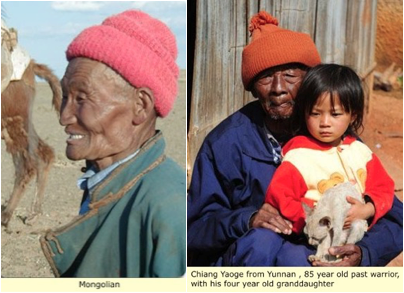
Mongolian tribes have ancient Israelite admixture resulting from the Scythians and Israelite communities that formed along the Silk Road intermingling with Japhetic peoples.
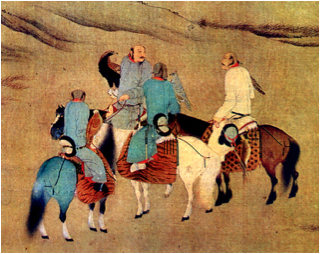
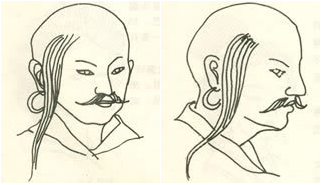
Common hairstyle of Mongol tribe of QiDan/Khitan men during Liao Dynasty period
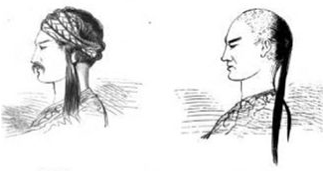
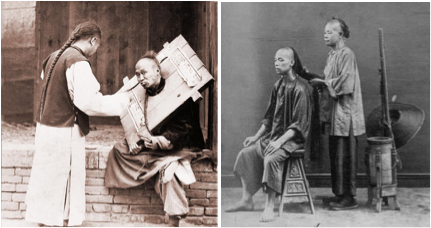
“Haircut in China: In Liang Qi, Dong Village or southeast Dong Zhai, the barber uses a sickle to give haircuts. The Scene looks very horrible and scary but it is an ancient custom of this village.”
These various traditions that venerate long unshorn hair can be found in different cultures all around the world. Ironically, all of these traditions somehow seem to originate with the Danite Samson’s long hair tradition.
“Underlying many belief systems is the idea that hair has inherent power. In the Old Testament story about Samson and Deliah, Samson is heroic and powerful as long as he has his hair. He loses that power when Delilah tricks him and cuts it off. In the fairy tale of Rapunzel, the heroine gains power by lowering her long healthy tresses so that her suitor can climb up and rescue her from the tower where she was imprisoned. Native Americans thought that enemies could make use of their hair if they got hold of it, so they burned stray or combed-out hairs. In some cultures, hair itself is sacred. Ancient Buddhist teachings held that hair was a gift from one’s ancestors and should be cherished like other body parts. The Sikhs, a religious denomination in Asia, regard hair as sacred. Devout Sikhs are expected to leave their hair uncut throughout their lifetimes.” – Encyclopedia of Hair: A Cultural History, edited by Victoria Sherrow, xxiv Introduction
Interestingly, many Bantu African Israelites share the same hair customs that we have found in Egypt, India and China. The Himba men of Southern Angola and Northern Namibia were a traditional hairstyle that is very similar in appearance to the “pin-kudumi” back-knot of the Harappa Indus Valley civilization of India and the Chinese Manchu Queue hairstyle.

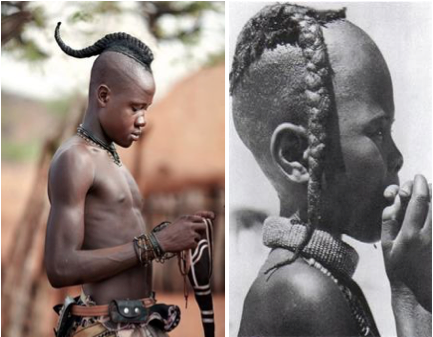

Himba men sport a plait while single but cover up in a turban that they never take off once they are married.
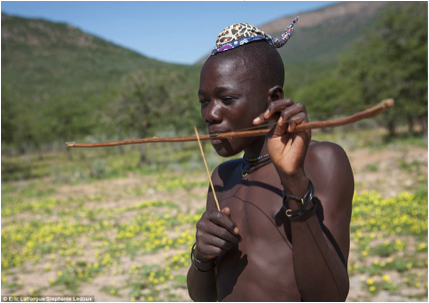
The Amerindian’s of North, Central, South America and the Caribbean, who are also Israelites that traded with the Phoenician branch of Israelites from Africa, also had some tribes that wore a sidelock and back knot style very reminiscent of all the afore mentioned styles derived from the Egyptian sidelock of the youthful god Horus.
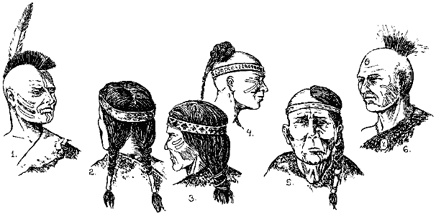
“…Others shaved their head on one side and let the hair grow on the other. Some would shave all of their hair but a small tuft on top of their head.” – Amerindian Hairstyles
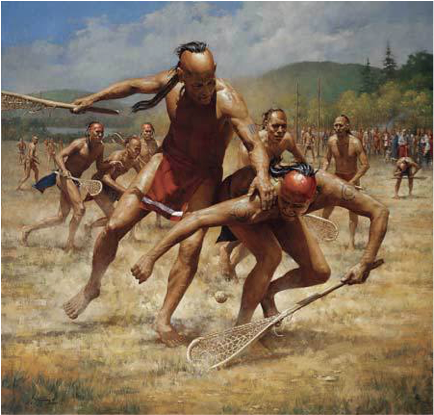

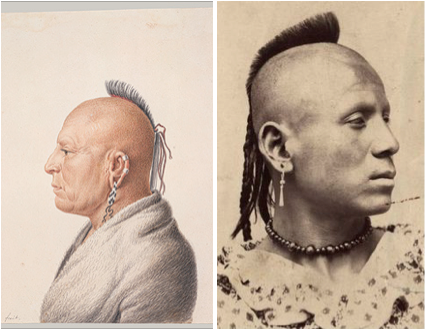
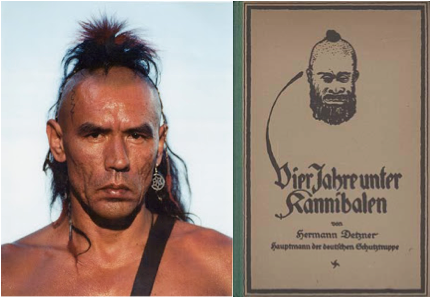

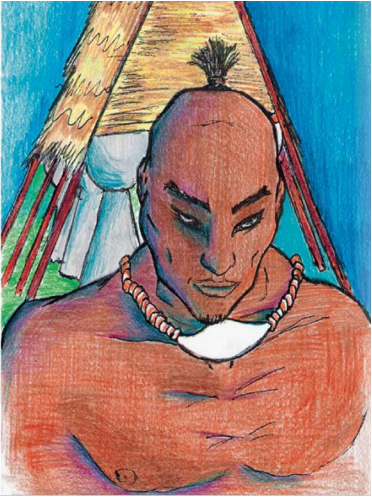
Hurao was a Chamorro chief on the island of Guam who led the resistance against Spanish colonization efforts during the 17th century.
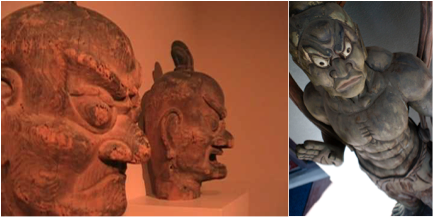
Hurao’s top knot hairstyle in Guam is almost identical to the top knot hairstyle worn by the warrior guardians of Buddha
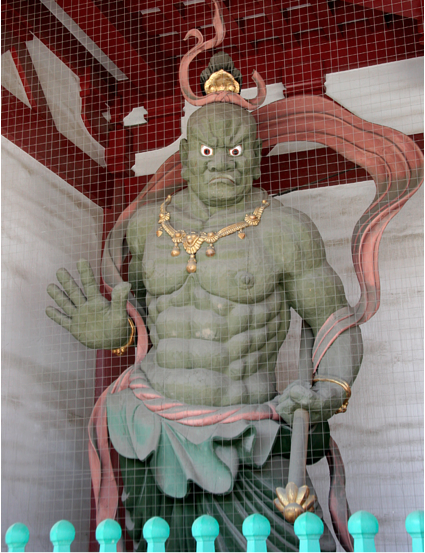
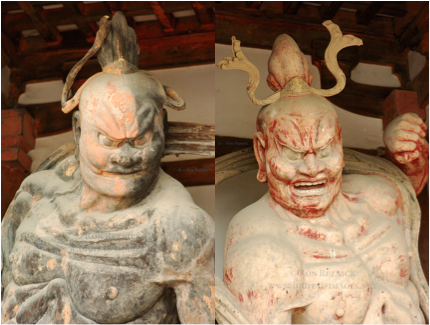
The final destination of this blog in tracing the diffusion of the sidelock of youth/Horus and mysterious wisdom connected to it is in Japan. Japan’s god Fudo Myo-o is also known to possess great wisdom and he also wears the sidelock. He originated in India with the Sanskrit name, Acala, and was brought to Japan by the Buddhist Monk Kukai.
“His [Fudo Myoo’s] hair is long, one great lock falls from the left side of his head.” – Asiatic Mythology: A Detailed Description and Explanation of the Mythologies of all the Great Nations of Asia, edited by J. Hackin, PG 425
“The images of Fudo-Myo-o, Bright King, can be recognized by the long lock of hair hanging down one cheek, which is the mark of A SLAVE. In India His images are those of the low out-caste pariah, who subsists on the food left by others… This side-lock of hair is a distinctive mark of the B’nei Israel in India, and of Jews in Moscow, Prague, etc. It is also significant that Fudo has one eye open and the other half shut…” – The Lotus Gospel, PG 142 (165)
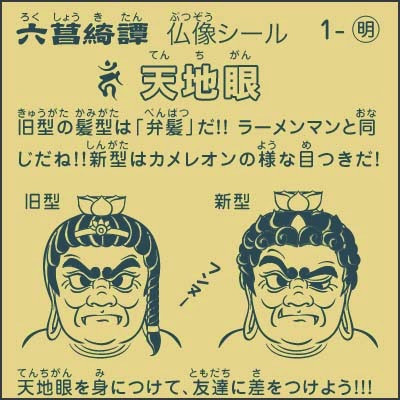
Although we have identified the side-lock as an indicator of high social status and occult wisdom, this particular quote associates the side-lock slaves; specially Israelites/Jews. This information is significant because it further supports the previous information we have already discovered concerning the Israelites migration from ancient Egypt into foreign lands, although it may at first seem to the contrary. The slave status of the low out-cast pariah in India is held by those known as the Dalit, traditionally regarded as the ‘Untouchables’ in the Indian caste system.
The Dalits are described as a mixed population consisting of groups across South Asia. They are also characterized by their dark skin and their Negroid and Mongoloid phenotypical features that are also typically found in South Asia. This is because many of them are the descendants of the ancient Indus Valley Dravidians who arrived from ancient Egypt (as Israelites) and civilized South India and Asia. The Dalits are also comprised of later migrations of Israelite peoples (Phoenicians, Zanji-Bantus & Aryan-Scythians) who fell from rulership to servant class as foreign nations conquered and opposed their own policies. It is for this reason that the side-lock, previously identified with ancient royalty and priesthood, is also associated with servant status of Fudo-Myo-o of Japan and the B’nei Israel (Children of Israel) in India.

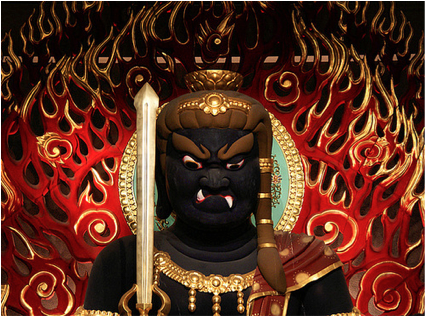
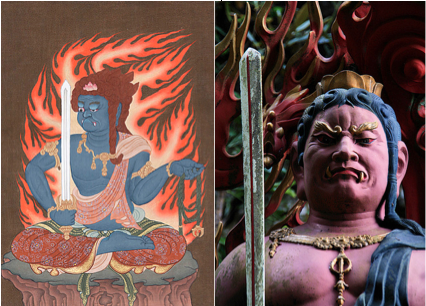
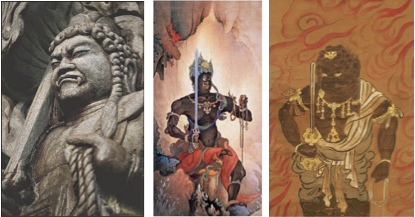
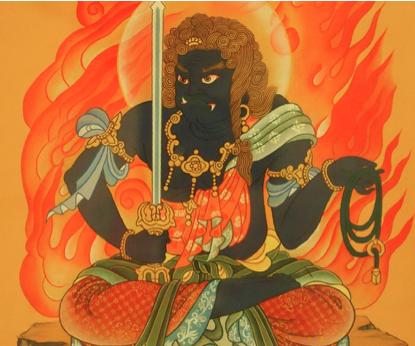

The side-lock of royalty also appears in modern popular culture in the video game Zelda. The character wearing the sidelock, Impa, is described as ‘an agent of the goddess.’ She is an avatar much like Fudo Myoo and the Pharoahs of Egypt were agents/avatars of Osiris. Another example can be seen in the Pope as the Vicar of the of the Anti Christ.
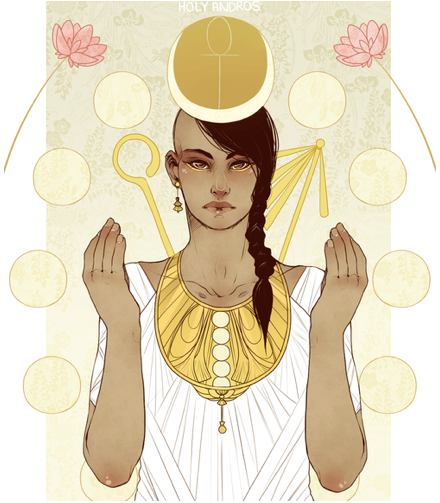
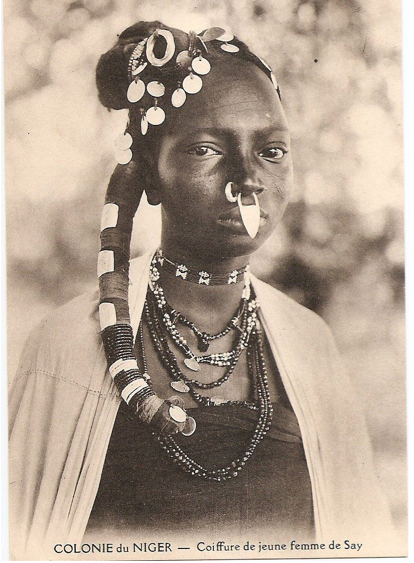
The Bantu peoples of West Africa have many different tribal traditions that trace their origins in Egypt before migrating to West Africa.
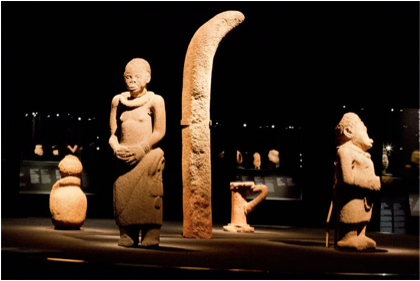
Idena the Gatekeeper, a Nigerian statue, wearing the sidelock
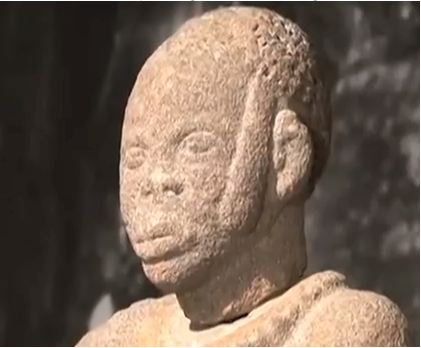
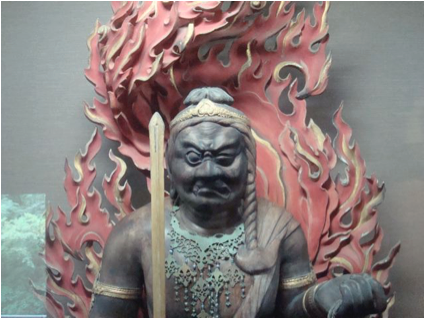
It would appear that Egyptian royalty, in the form of the Hyksos Danite/Israelites, establishing Egyptian colonies in the Indian Ocean, were the founders of the Hindu/Buddhist religion and culture that developed in India and Southeast Asia. They imported the Egyptian mysteries and became worshipped as gods by the indigenous Japhetic people. Fudo Myoo is wearing the sidelock of youth worn by Egyptian children and adult royalty/priesthood. If Fudo Myo was a descendant of Egyptian royalty it would not be a surprise if he was well learned in the mysteries of Egypt.
I believe it was a royal privilege to become skilled in the wisdom of Egypt, which included metaphysical sciences, sacred geometry, astrology and other esoteric knowledge. It is a fact that Egypt had colonies all over the Mediterranean and so it would not be unreasonable that they also travel through the Suez Canal, following what would eventually become the Silk route by Sea, which lead them into the Indian Ocean and South East Asia.
When we look to India and South East Asia, we can definitely find evidence of the Egyptian presence. Not just the religion and cultural customs of people in those areas but also the architecture. The temples or stupas are built like steppe pyramids and serve the same function as the Pyramids of Egypt. They are astrologically aligned like the pyramids of Egypt with an East to West orientation. This is to align themselves with the rising and setting sun to receive the blessing of the Sun. This travelled to the far east, namely China, as feng shui and ancient homes can be found in china also aligned with the sun to receive Solar Gain. This philosophy and practice of Sun worship is definitely Egyptian in origin and is also linked to the Egyptian idea of utilizing the Earths infinite energy by building structures that are fractally scaled to correlate with the Earth’s and other creation’s dimension (ie. The Giza “Powerplant” Pyramid). This is all based on sacred geometry which is based off of the golden mean; Phi (CLICK HERE TO READ MORE). This idea and mathematical/astrological approach to construction was introduced and practiced by the Egypto-Israelites into India where it became known as Vastu Shastra.
This science and skill of engineering came to India byway of the Egyptian colonist in India who became known as Dravidians. The ancient knowledge of the Dravidians was highly advanced and they also employed the same metaphysical and engineering mindset in their system of healthcare. They believed that the body was a temple and treated it as such. Temples were treated as personifications or actual bodies of dieties and human bodies were treated like temples of the earth. The Egyptian idea of aligning monuments/temple buildings with the earths natural channels of energy flow is reflected in the eastern healthcare philosophy about the paths of life energy (known as qi or chi in the far east) that flow through different channels in the body. In India, this life energy or qi/ki/chi is also known as prana. Much of the Hindu and Buddhist traditions practice the manipulation of energy in the human body or in other physical objects through specific practices dealing with aligning objects in the path of a desired energy pattern.
For example, ancient Egyptians believed that if one was able to make a copy of the Duat (a certain area of the night sky revered as the underworld) upon the earth by perfectly building structures in fractally equivalent dimensions and distance from their celestial counterparts then the terrestrial replica would then receive protection and power from the celestial diety presiding over the celestial object they traced upon earth. The ancient people of Indian and South East Asian received this information/technology from the Egyptian colonist. These mysteries are still preserved through Hinduism and Buddhism today.
In conclusion, it should be easier to see the connection between the sidelock and the occult wisdom it is associated with it. This occult wisdom was used for to manipulate energies in order to affect change in accordance with their own selfish will. This is the definition of ‘Magick’ and the wisdom that promotes it is in direct opposition to the wisdom of the Most High (James 3:15). This occult body of knowledge is also associated with the unfaithful Israelites that maintain the culture of Egypt and diffused its mystery religion into all the places they migrated to. The sidelock of youth is a marker of one who is an heir to Osiris and initiated into the mysterious occult body of knowledge of ancient Egypt, Babylon and the antediluvian (pre-flood) world. This sidelock of youth is also associated with the vow/code of silence. Occult wisdom should be kept hidden, in the belief of some, so that others cannot defend against the private plans and ambitions of practitioners of magick. This practice of magick and occult knowledge of manipulating energy was used in ancient and modern times to govern people through psychology, architecture and social engineering, among many other arts.
These arts body of knowledge preserved by the wearers of the sidelock of ancient Egypt as well as the Phoenicians of Syria/Lebanon, both with large groups of Israelites among them, who migrated to foreign lands, for different reasons, and introduced advanced civilizations to the people they encountered based on these occult wisdom traditions they had inherited. Therefore, it was the Israelites who taught the gentiles advanced forms of pagan worship, and shared with them, in ancient times, the information and occult wisdom that would later be used to enslave the descendants of the Israelites in the latter times (Jeremiah 4:22, Jeremiah 2:33). The sidelock of youth is a mark of immaturity and bondage to a lesser god or government. One’s allegiance should be to the Most High God and his Word alone (1 Corinth 6:20, 1 Corinth 7:23, Deut 32:9). The Israelites had their time in Egypt during their youth but as and old lion, what will rouse these Israelite up? Not the occult secret wisdom but Word of the Most High God; the way, the truth and the life! It is time to cut off the things of childhood youth and come to maturity so that we might be able to determine good from evil and put on the whole spiritual armor to war for the righteous army that the Most High and Christ have called you to be a soldier in (2 Timothy 2:3-4).
“When I was a child, I spake as a child, I understood as a child, I thought as a child: but when I became a man, I put away childish things.” – 1 Corinthians 13:11
“Brethren, be not children in understanding: howbeit in malice be ye children, but in understanding be men.” – 1 Corinthians 14:20
“And I, brethren, could not speak unto you as unto spiritual, but as unto carnal, even as unto babes in Christ. I have fed you with milk, and not with meat: for hitherto ye were not able to bear it, neither yet now are ye able. For ye are yet carnal: for whereas there is among you envying, and strife, and divisions, are ye not carnal, and walk as men?” – 1 Corinthians 3:1-3
“For every one that useth milk is unskilful in the word of righteousness: for he is a babe. But strong meat belongeth to them that are of full age, even those who by reason of use have their senses exercised to discern both good and evil.” – Hebrews 5:13-14
Cut off the sidelock, cut off the Yoga and eastern mysticism, cut of the wisdom of the world and seek the true wisdom of the Most High God found in the Holy Bible and the text of the Hebrew Israelites (Sirach 24:1-12, Matthew 5:14-16).
Question, comment, concerns?
CONTACT: NasiResearch@instruction.com
OTHER RELATED TOPICS
Abraham and the Wisdom of the Egyptians
Black Buddha and the Israelite Buddhist
Scythian Israelites: Aryans in Africa & Abroad
Jacob’s Ladder and the Temple Antenna
The Eminent 3rd Eye of the Mound
Squaring the Circle: Infinite Inside Finite

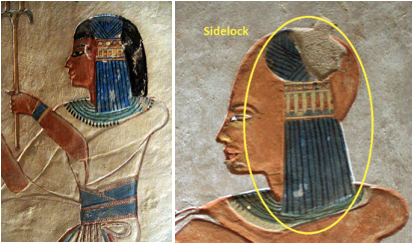
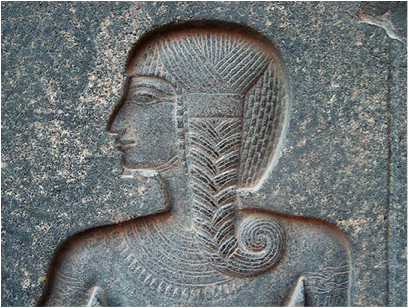
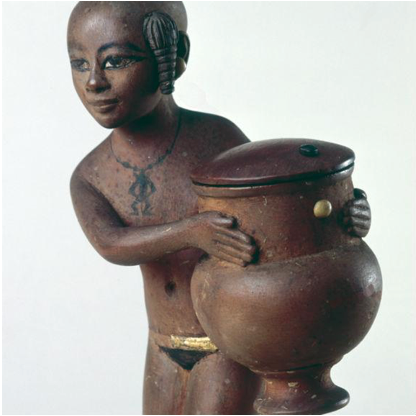
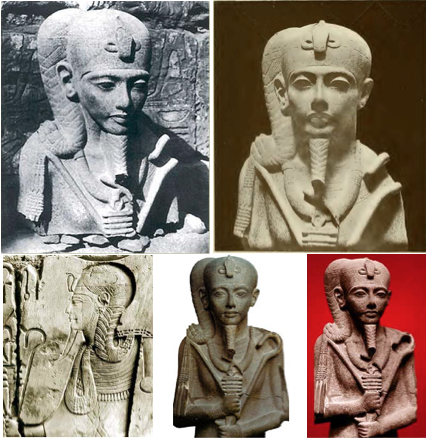

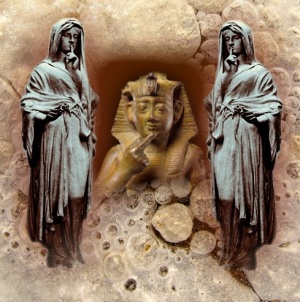
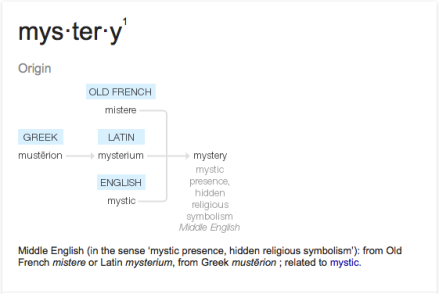
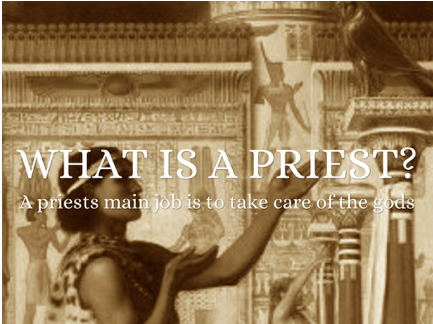
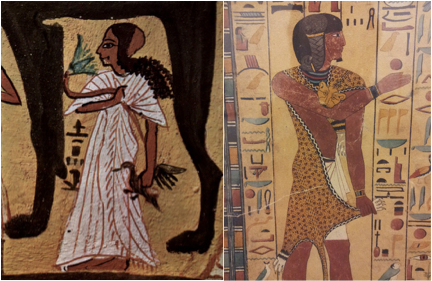
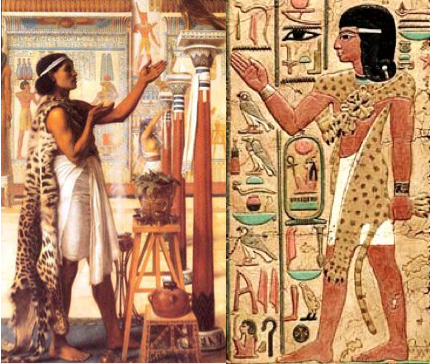
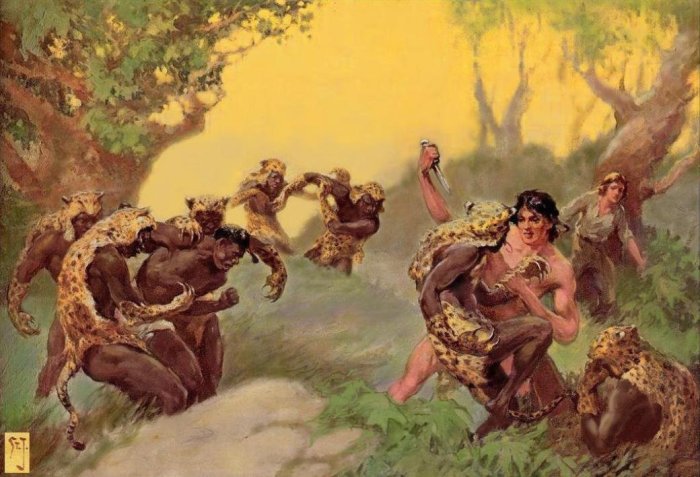
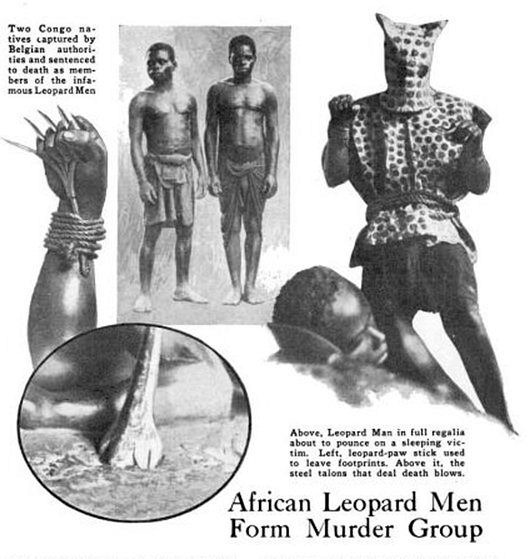


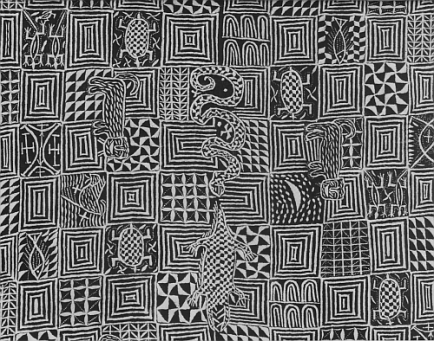
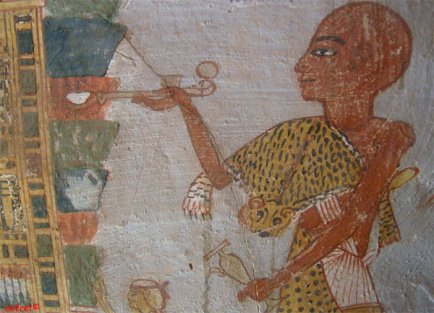

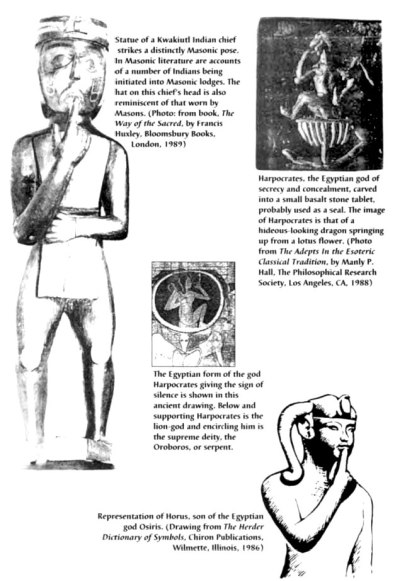
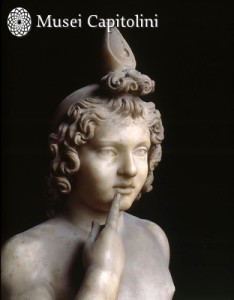

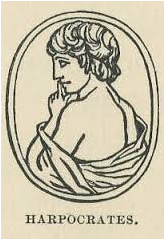
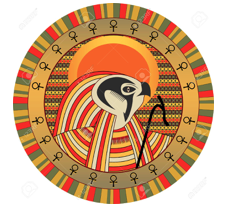

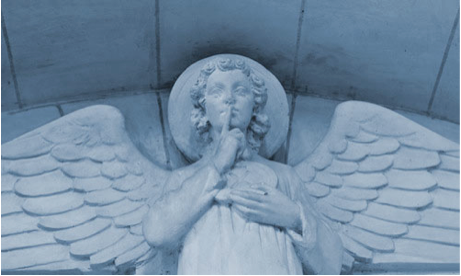


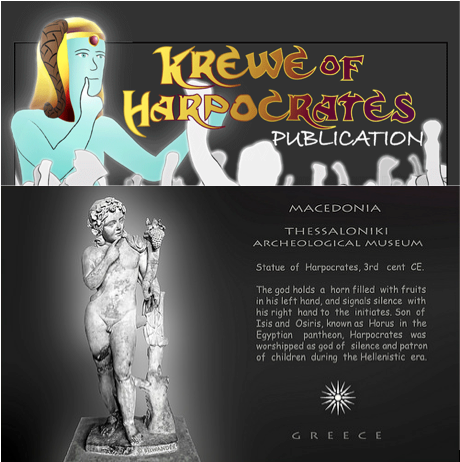
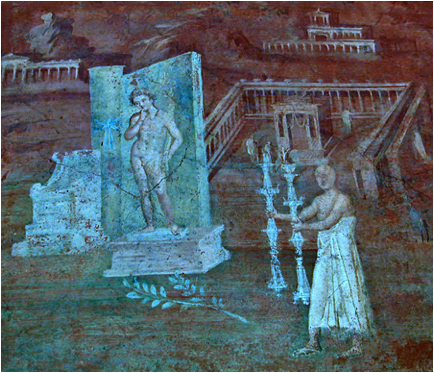

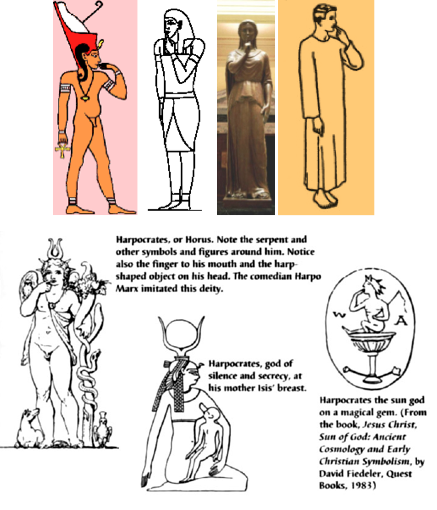
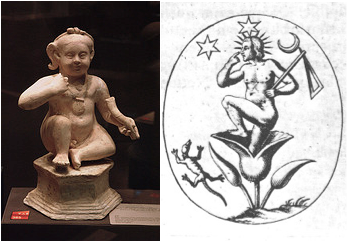

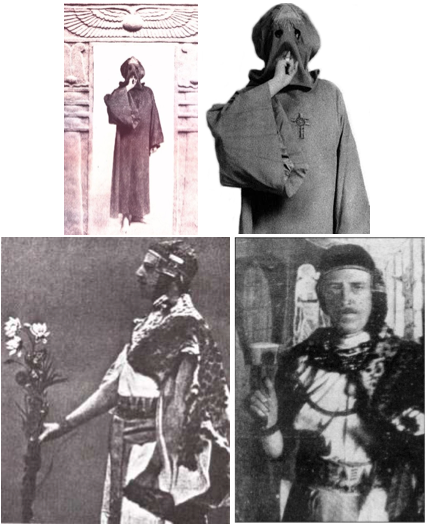
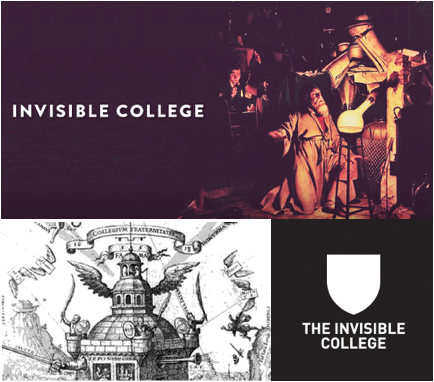

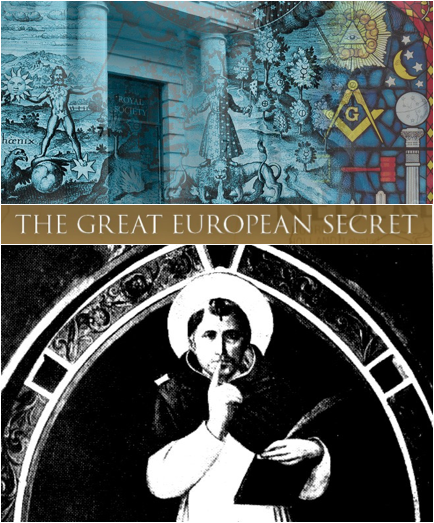
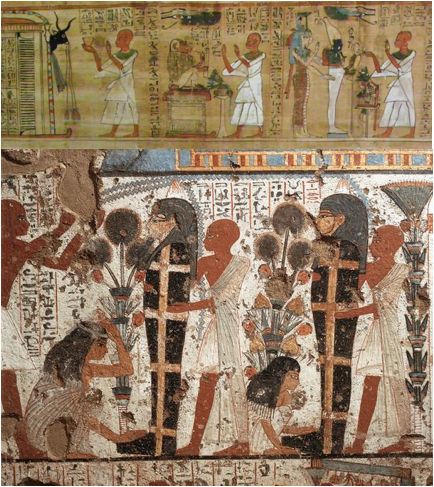
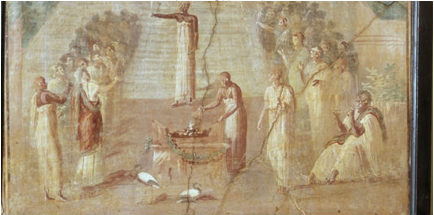
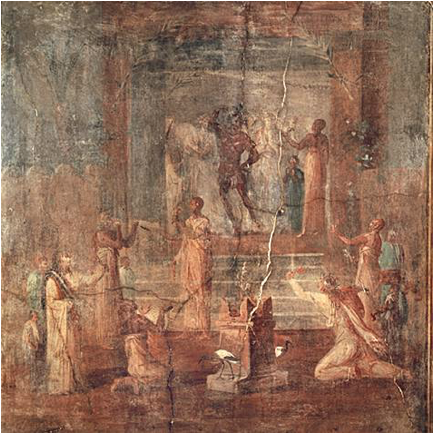
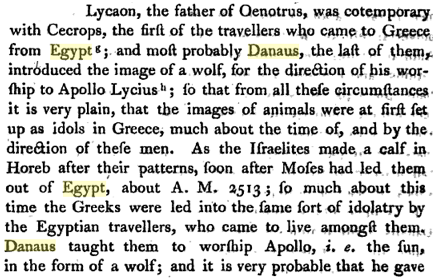
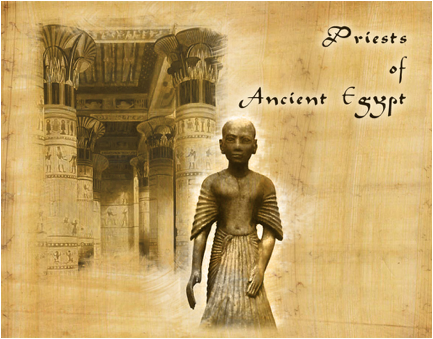
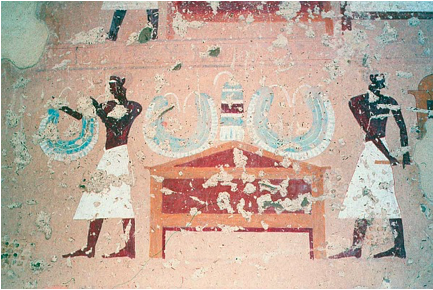
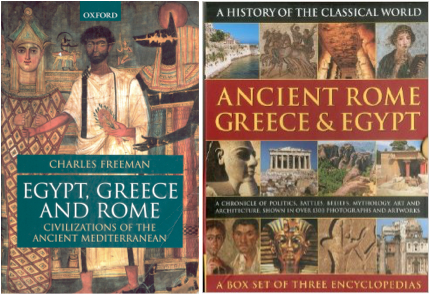
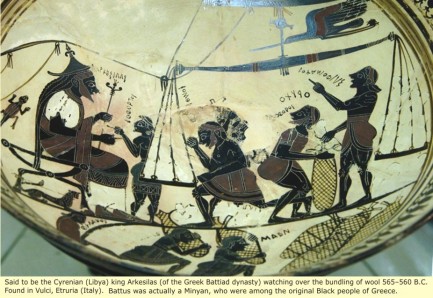
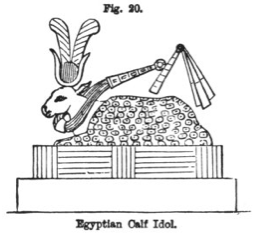
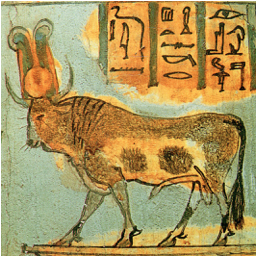
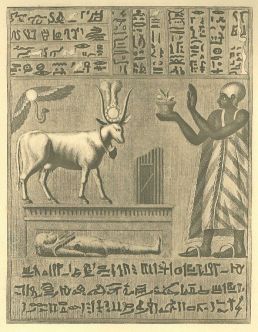
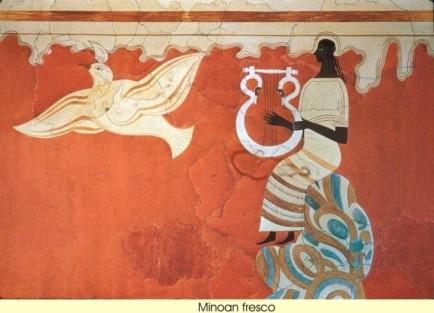
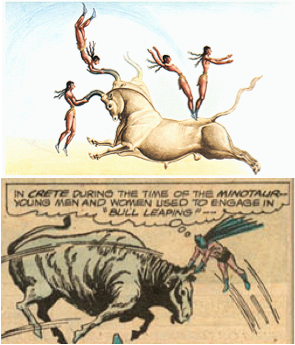
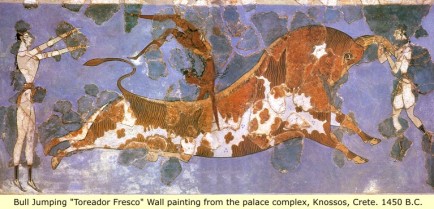
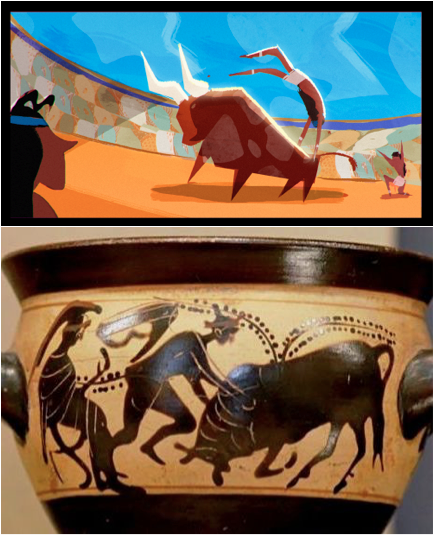
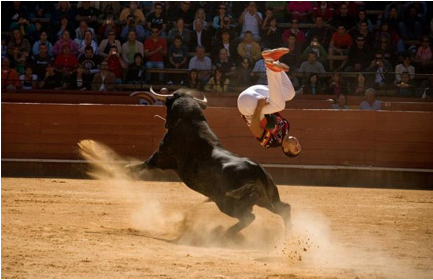
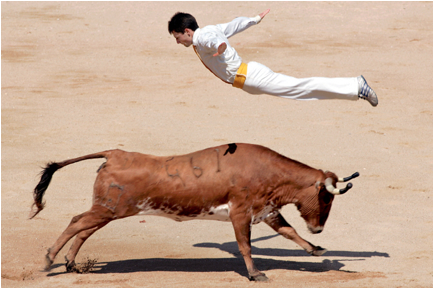

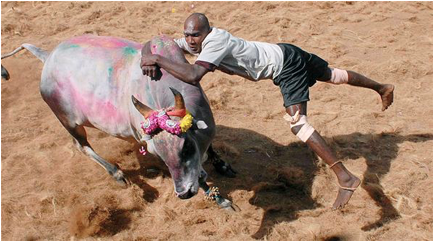
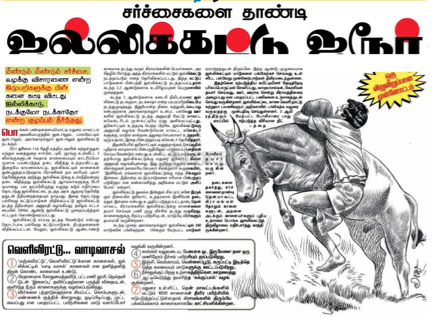
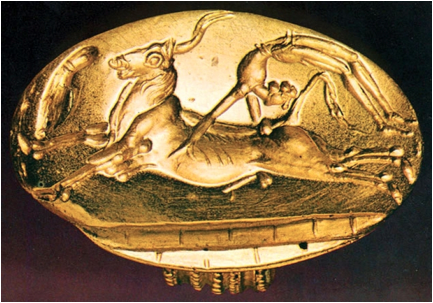
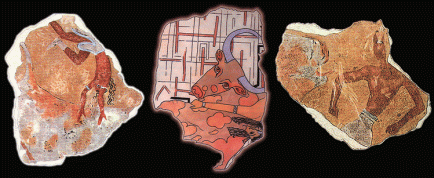
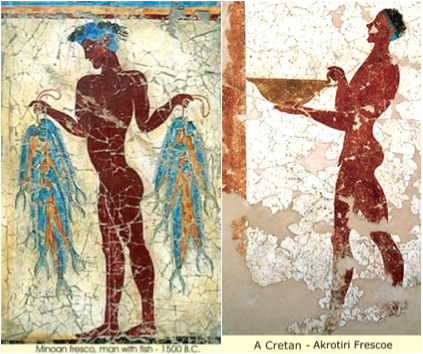
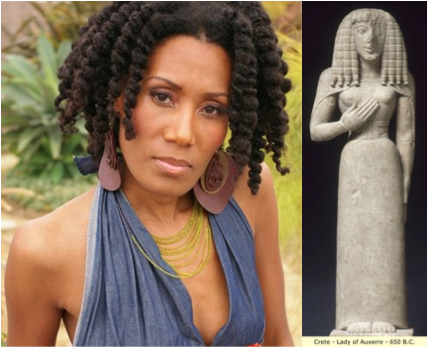
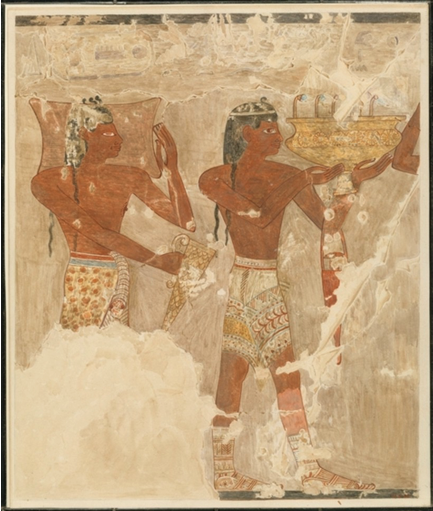
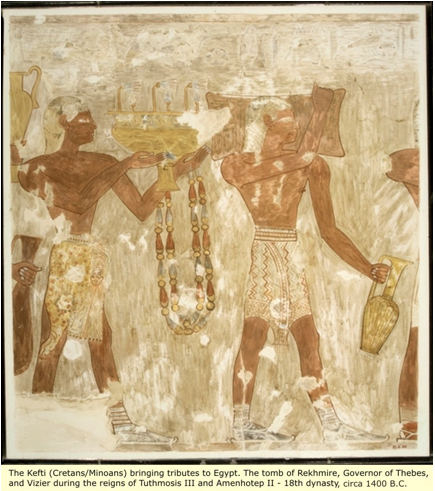
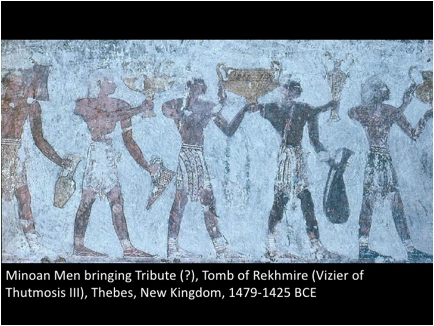
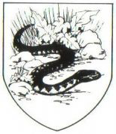
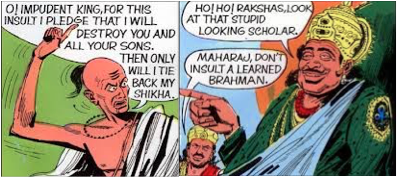
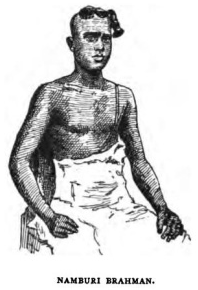 “
“
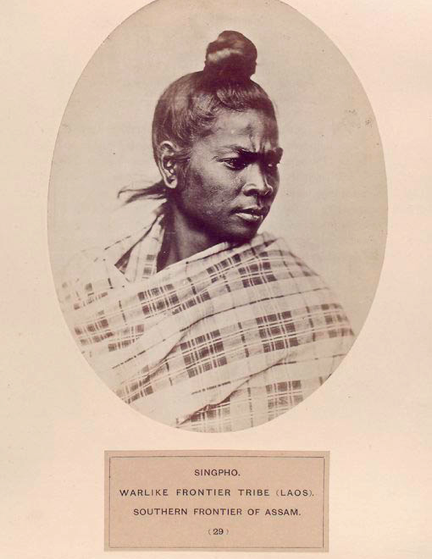
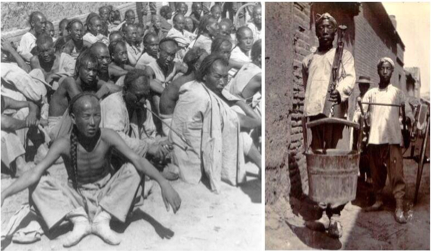
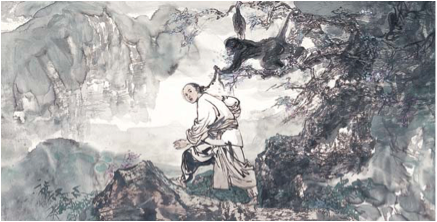
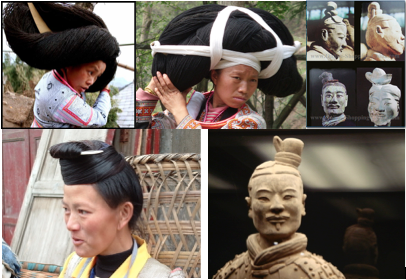
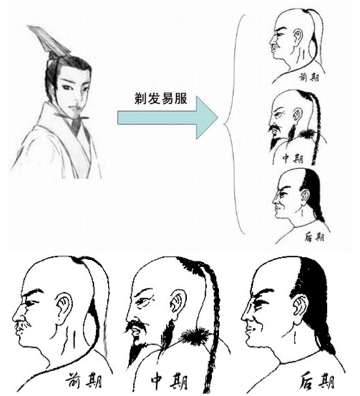
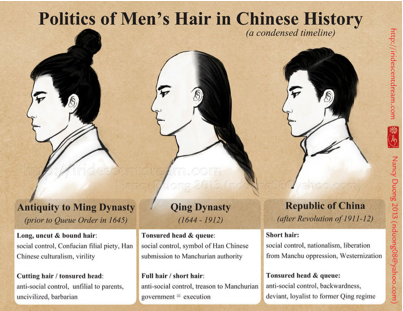
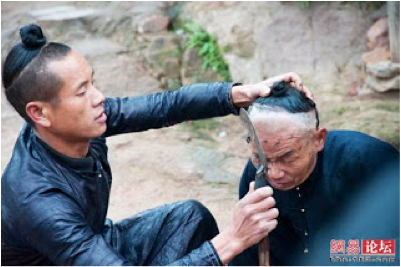
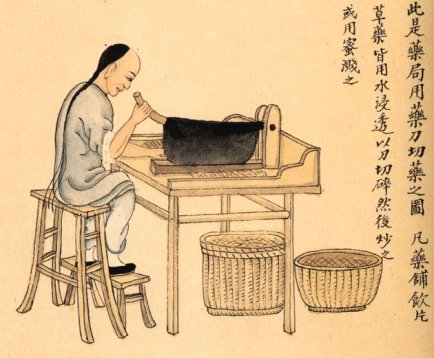
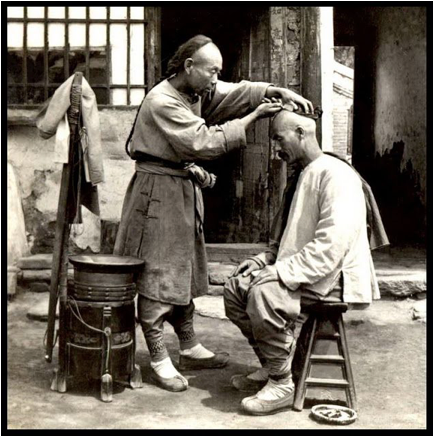
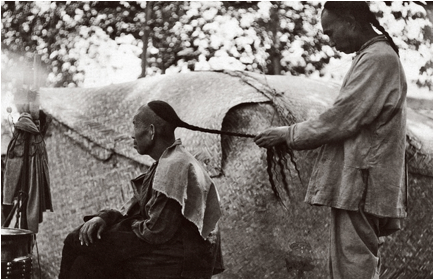
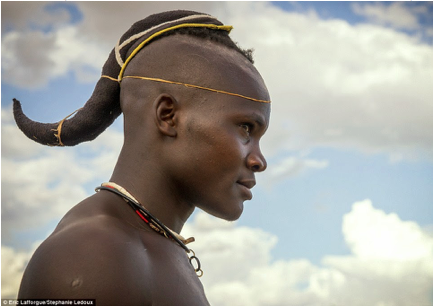

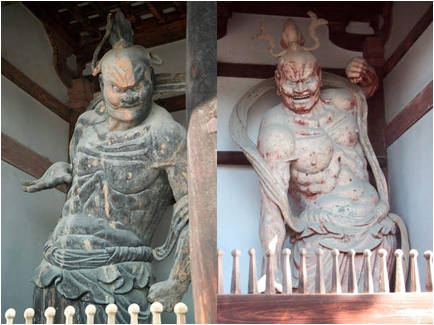
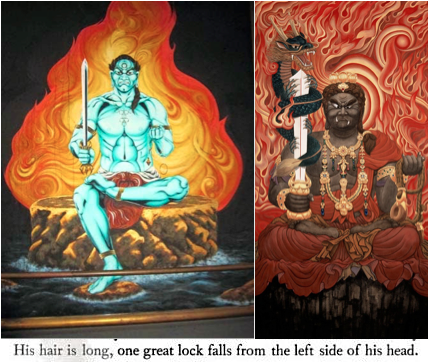
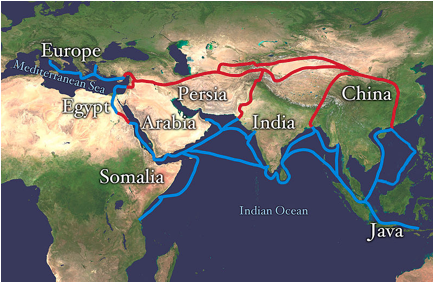
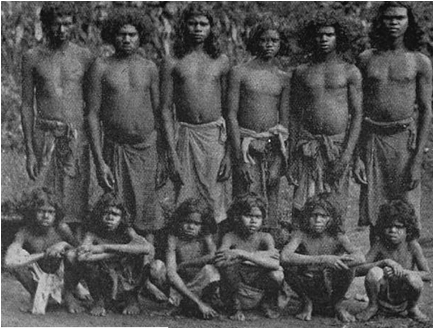
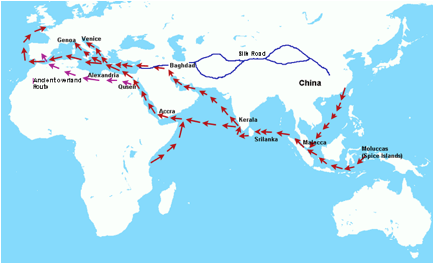





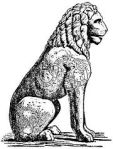
I was curious if you ever thought of changing the structure of your blog? Its very well written; I love what youve got to say. But maybe you could a little more in the way of content so people could connect with it better. Youve got an awful lot of text for only having 1 or two images. Maybe you could space it out better?
LikeLike
Thank you for your comment and suggestion. Yes, I will consider restructuring the sight in the near future and add more images and media content
LikeLike
I would like to thnkx for the efforts you have put in writing this blog. I am hoping the same high-grade site post from you in the upcoming also. In fact your creative writing abilities has inspired me to get my own site now. Actually the blogging is spreading its wings fast. Your write up is a good example of it.
LikeLike
Pingback: W2 – Ch. 2 The Ancient World | Kayla Aspen